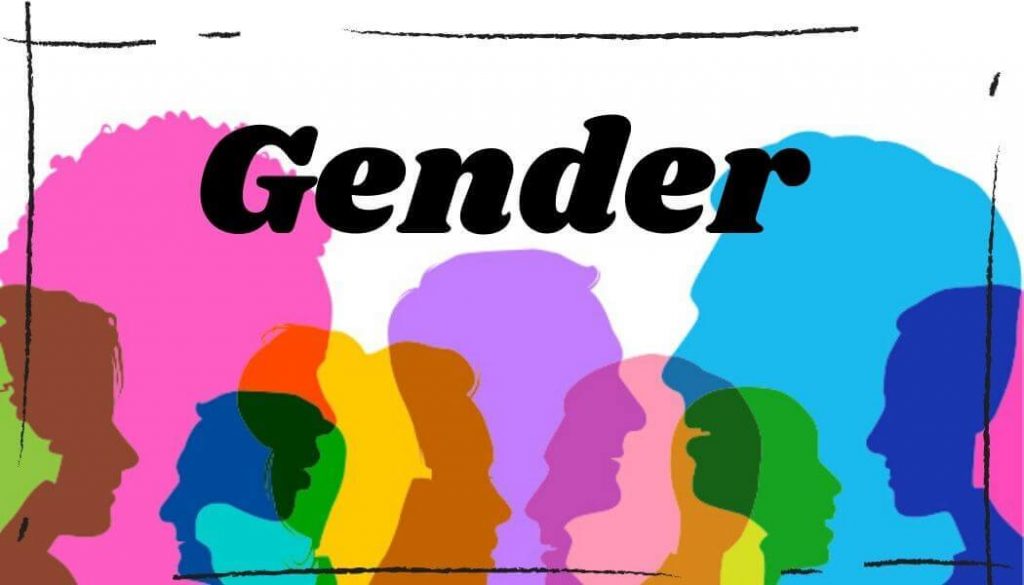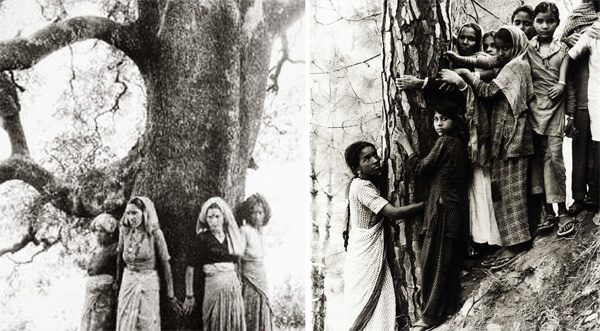Dr Pratima draws parallels between Nature and women and deliberates in favour of Ecofeminism. An exclusive for Different Truths.

From time immemorial, Nature has been represented as having a feminine form. Nature is always perceived as a Mother; she is addressed as Mother Nature and Mother Earth. Even the names of rivers are feminised — Ganga, Yamuna, Saraswati, Padma, Kaveri and numerous others. The association between Nature and woman is innate, spontaneous and natural. Nature like woman assumes the role of a foster mother — she is all giving, nurturing, caring. The ideology of Ecofeminism stems from this belief in the innate oneness of woman and Nature. Ecofeminism sees Nature and women as dovetailed into one; both as sufferers, traumatised by patriarchy, which exploits them both for its own profit and benefit.
The association between Nature and woman is innate, spontaneous and natural. Nature like woman assumes the role of a foster mother — she is all giving, nurturing, caring. The ideology of Ecofeminism stems from this belief in the innate oneness of woman and Nature. Ecofeminism sees Nature and women as dovetailed into one; both as sufferers, traumatised by patriarchy, which exploits them both for its own profit and benefit.
Thus, Ecofeminism is a movement that sees a connection between the exploitation and degradation of the natural world and the subordination and oppression of women. It emerged in the mid-1970s alongside second-wave feminism and the green movement. Ecofeminism brings together elements of the feminist and green movements, while at the same time offering a challenge to both. It raises an objection to the exploitative and tyrannical nature of patriarchy which treats and uses women and nature as objects to their own advantage. The term was first used by Francoise D’Eaubonne, a French author and a feminist, but it became popular only in the context of numerous protests and activities against environmental destruction which were sparked-off initially by recurring ecological disasters.
The movement gained widespread impetus after several conferences and workshops organised by women for the protection of women and ecology. The first among these conferences to be organised by US women was titled “Women and Life on Earth: a Conference on Eco-feminism in the Eighties” which addressed a number of environmental issues and talked about healing for both women and nature. There were movements to protect wildlife, forests and environments in different parts of the world — the Green Belt Movement of Kenya and the protest against toxic hilltop in Love Canal in New York in the 1970s are two noted examples.
In India, the most explicit expression of Ecofeminism can be seen in the Chipko movement which took place in the 1970s in the state of Uttarakhand in order to protect forests and curb unchecked deforestation. The movement gained huge support under the able aegis of Sunderlal Bahuguna, a great environmentalist. The movement was of a non-violent nature wherein the local women and children used to hug the trees to prevent them from being felled. In a few regions, the women tied rakhi on the branches of trees to express their attachment and love for them.

In India, the most explicit expression of Ecofeminism can be seen in the Chipko movement which took place in the 1970s in the state of Uttarakhand in order to protect forests and curb unchecked deforestation. The movement gained huge support under the able aegis of Sunderlal Bahuguna, a great environmentalist. The movement was of a non-violent nature wherein the local women and children used to hug the trees to prevent them from being felled. In a few regions, the women tied rakhi on the branches of trees to express their attachment and love for them. Rakhi, a sacred thread according to Hindu tradition, is tied on the wrists of brothers as a symbol of gratitude for their generosity and love. Tying of the sacred thread to the trees shows the deep sense of attachment of the local women to their sheltering benefactors. The Chipko movement was highly successful and a large forest area in Uttarakhand was prevented from being felled. Vandana Shiva, an Indian scholar, environmental activist, and food-sovereignty author was also vociferously associated with the movement.
The image of the Nature Goddess in the famous world folklores and among the tribes dwelling around the sacred groves residing in the forests reiterates the sense of essential oneness of women and Nature. It is time that patriarchy recognises the generosity of Nature and the equal share of women in order to create a better and sustainable world. The essence of Ecofeminism, the protracted tolerance of woman and Nature and a view of a cataclysmic world deprived of the motherly love of nature is expressed in the following poem:
The Forest Deity
Breathing deep in Nature’s silence,
Bathing in the dance of the forest trees,
Somnolent by the fragrance of the breeze,
The forest-deity smiled an inadvertent smile.
When the greenery shrunk
And the roads were invaded
And the screeching sounds of motors
Multiplied each day
The forest-deity made way
Into the wild deep inside
And smiled an inadvertent smile
When the smoke rising
From chimneys and forest fires
Clogged her pores and made her choke,
She jumped deep into the river beneath
And smiled an inadvertent smile.
When the river modified its colour and shape
And squeezed to form a drain
Brimming with rancidity and the crazy smell,
The forest-deity horrified, terrified,
With a collapse of her smile,
Left her abode for heaven
Which was nowhere to find.
Photo from the Internet





 By
By
 By
By
 By
By